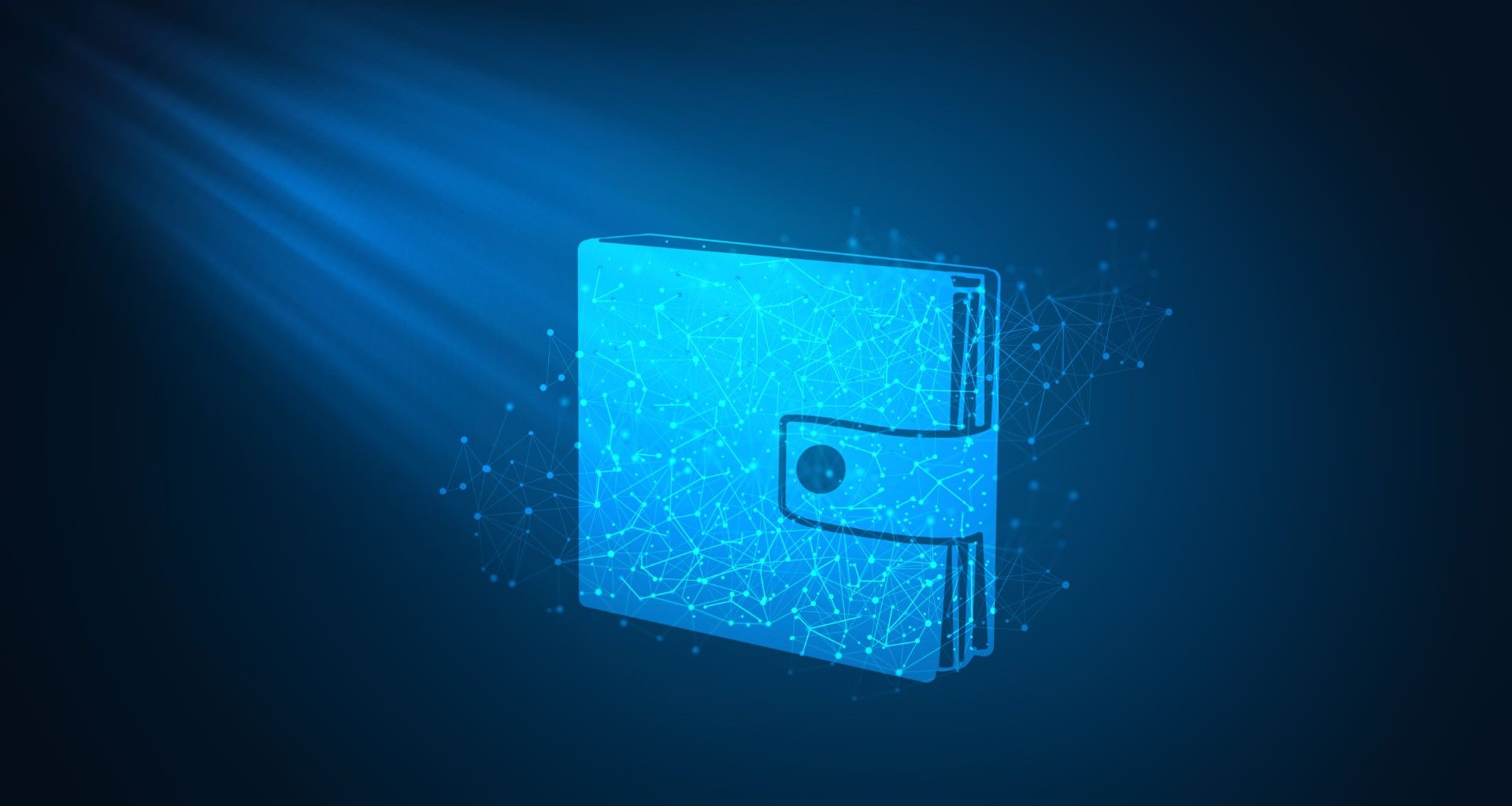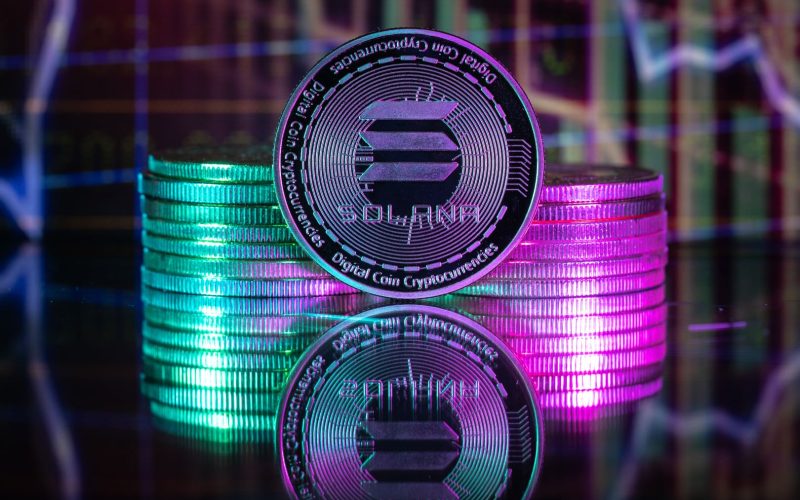In the world of cryptocurrencies, owning digital assets is all about financial freedom—freedom from traditional banking systems, freedom to transact without intermediaries, and freedom to take control of your wealth. However, with great freedom comes great responsibility. The mantra “not your keys, not your coins” is more than just a phrase; it’s an essential principle for anyone holding crypto. In this detailed post, we will dive deep into the reasons why securing your crypto off exchanges and into self-custody matters, and how you can take steps to protect your wealth from hacks, theft, and the collapse of centralized exchanges.
Understanding the Risks of Leaving Crypto on Exchanges
For many people new to the world of cryptocurrencies, exchanges are the first point of contact. They provide a convenient way to buy, sell, and trade digital assets. However, keeping your assets on an exchange comes with significant risks, and history has repeatedly shown that trusting third-party custodians can lead to devastating losses. Here are some of the main risks:
Hacks and Security Breaches
Exchanges are high-value targets for hackers. Since they hold the private keys to a large number of users’ assets, a successful breach can result in substantial losses. Over the years, many well-known exchanges have suffered security breaches, leading to millions of dollars in stolen assets. The infamous Mt. Gox hack in 2014, in which 850,000 Bitcoins were stolen, serves as a harsh reminder of the vulnerabilities exchanges face. More recently, incidents like the KuCoin and Cryptopia hacks have reinforced the fact that exchange security is always a potential weakness.
When you leave your crypto on an exchange, you are trusting that platform to keep your funds secure, and if a hacker successfully gains access, you could lose everything. The lack of control over your private keys means you are completely dependent on the exchange’s security protocols.
Insolvency and Exchange Failures
Another major risk of keeping your crypto on an exchange is the possibility of insolvency. Exchanges are companies that can run into financial trouble, and if an exchange becomes insolvent, users may lose access to their funds. The collapse of FTX in 2022 shocked the crypto community, as the exchange’s insolvency led to billions of dollars in user funds becoming trapped.
Centralized exchanges are vulnerable to market conditions, regulatory actions, and poor management decisions, all of which could lead to bankruptcy. When an exchange fails, users often become unsecured creditors, meaning they are unlikely to recover their funds in full, if at all.
Frozen or Restricted Access to Funds
Even if an exchange does not get hacked or go bankrupt, there is always the possibility that it could freeze withdrawals or restrict access to funds due to regulatory issues, technical problems, or internal decisions. In times of high market volatility, some exchanges have even paused withdrawals as a “protective measure,” leaving users unable to access their own assets when they need them the most.
The inability to access your funds, especially during moments of market instability or personal financial need, highlights the limitations of relying on centralized exchanges. This is why taking control of your assets through self-custody is an essential strategy for securing your wealth.
What Is Self-Custody and Why Does It Matter?
Self-custody means taking personal responsibility for storing and managing your digital assets. Unlike leaving your crypto on an exchange, where a third party holds your private keys, self-custody gives you direct ownership and control over your assets. In the world of blockchain, private keys are the equivalent of the password to your crypto—whoever holds the private keys controls the crypto.
Self-custody matters because it ensures that no third party can:
- Lose your assets through mismanagement.
- Restrict access to your funds.
- Fall victim to hacks or fraud, leading to loss of your wealth.
With self-custody, you take full control, and in doing so, you mitigate many of the risks associated with keeping your assets on a centralized exchange.
Methods of Self-Custody: Hot Wallets vs. Cold Wallets
When it comes to self-custody, you have several options, but they can generally be categorized into two types: hot wallets and cold wallets. Both have their own advantages and use cases, and understanding the difference between them is crucial in deciding how best to secure your assets.
Hot Wallets
Hot wallets are cryptocurrency wallets that are connected to the internet, making them easily accessible for regular transactions. They are typically software-based and can be accessed through mobile apps or desktop applications. Examples include:
- MetaMask: A popular wallet for interacting with Ethereum and EVM-compatible networks.
- Trust Wallet: A versatile mobile wallet that supports multiple blockchains.
- Exodus: A desktop and mobile wallet with a user-friendly interface.
Advantages:
- Convenience: Hot wallets are ideal for frequent transactions, as they allow you to quickly and easily send or receive crypto.
- Accessibility: Since they are connected to the internet, hot wallets provide easy access to your assets from anywhere.
Drawbacks:
- Security Risks: Hot wallets are more vulnerable to hacks, phishing attacks, and malware because they are constantly online. Keeping significant amounts of crypto in a hot wallet is not recommended.
Cold Wallets
Cold wallets are offline wallets that provide the highest level of security for your crypto assets. Because they are not connected to the internet, they are virtually immune to hacks and online threats. Cold wallets are generally hardware devices or even physical paper with private keys.
Hardware Wallets:
- Ledger Nano X and Ledger Nano S: Hardware wallets that store your private keys offline, making them highly secure.
- Trezor Model T and Trezor One: Another popular brand of hardware wallets offering robust security features.
Paper Wallets:
- Paper wallets are physical pieces of paper on which your private keys and public addresses are printed. This method, while extremely secure from online threats, requires meticulous care to ensure the paper isn’t lost or damaged.
Advantages:
- Unmatched Security: Because they are offline, cold wallets are not susceptible to internet-based hacks.
- Ideal for Long-Term Storage: Cold wallets are the best choice for long-term holding, especially for large amounts of crypto that you do not plan to use frequently.
Drawbacks:
- Less Convenient: Accessing your assets requires physically connecting the device to a computer or recovering from a paper wallet, which makes cold wallets less convenient for day-to-day transactions.
Best Practices for Securing Your Crypto in Self-Custody
Self-custody comes with the responsibility of ensuring that your assets are safe from theft, loss, or accidental mishaps. Here are some best practices to follow when moving your crypto off exchanges and into self-custody:
Backup Your Seed Phrase
When setting up a crypto wallet, you are given a seed phrase (typically 12 to 24 words) that can be used to recover your wallet if you lose access. This seed phrase is the most important aspect of your wallet’s security. Follow these steps to protect it:
- Write it down on paper and store it in a secure place (do not save it digitally).
- Make multiple copies and store them in separate, secure locations.
- Do not share your seed phrase with anyone.
If someone gains access to your seed phrase, they can take full control of your crypto.
Use Hardware Wallets for Long-Term Storage
For long-term holdings, use a hardware wallet such as a Ledger or Trezor device. Hardware wallets store your private keys offline, providing an added layer of protection against phishing attacks, malware, and other online threats.
Enable Two-Factor Authentication (2FA)
For wallets that support two-factor authentication (2FA), make sure it is enabled. This provides an additional layer of security when accessing your wallet or making transactions.
Avoid Phishing Attacks
Phishing attacks are one of the most common ways people lose access to their crypto. Always be wary of emails, messages, or websites that ask for your private keys or seed phrase. Never enter sensitive information into websites unless you are absolutely sure they are legitimate.
Test Your Backup
Before transferring large amounts of crypto to a self-custody wallet, test your backup process. Set up your wallet, note down the seed phrase, and then try restoring it in a new wallet to make sure that you can successfully recover your assets if needed.
Diversify Your Custody Solutions
If you have a substantial amount of crypto, consider diversifying your self-custody solutions. This means using a combination of hardware wallets, software wallets, and even multi-signature wallets to store your assets. Diversification helps reduce the risk of losing everything if one wallet is compromised or becomes inaccessible.
The Importance of Taking Control: Your Wealth, Your Responsibility
The core ethos of cryptocurrencies is decentralization and the ability for individuals to take full control over their financial assets. When you keep your assets on a centralized exchange, you are essentially relinquishing control to a third party, which goes against the very principles that underpin the crypto movement.
By moving your assets into self-custody, you:
- Take Full Ownership: You own your private keys, which means you have full control over your wealth.
- Protect Your Assets: You protect your crypto from exchange hacks, insolvency, and other risks associated with third-party custodians.
- Gain Financial Independence: Self-custody aligns with the original vision of cryptocurrencies—allowing individuals to transact freely, without the need for intermediaries.
In an environment where financial institutions are increasingly under scrutiny, and where centralized exchanges continue to show vulnerabilities, securing your crypto through self-custody is the most effective way to ensure that your wealth remains safe.
Securing Your Future with Self-Custody
The cryptocurrency market is growing, and so are the risks associated with relying on centralized exchanges. The stories of exchange collapses, hacks, and frozen funds serve as a stark reminder of the importance of taking control of your crypto assets. By moving your assets into self-custody, whether through a hot wallet or cold storage, you eliminate third-party risk and ensure that you have complete control over your wealth.
Securing your crypto may require more effort, but the benefits of security, privacy, and financial sovereignty far outweigh the inconvenience. Remember, “not your keys, not your coins” is more than a catchphrase—it’s a fundamental rule for protecting your wealth in the decentralized era.
Take responsibility for your assets, invest in proper self-custody solutions, and be confident knowing that your crypto is secure and under your control.








